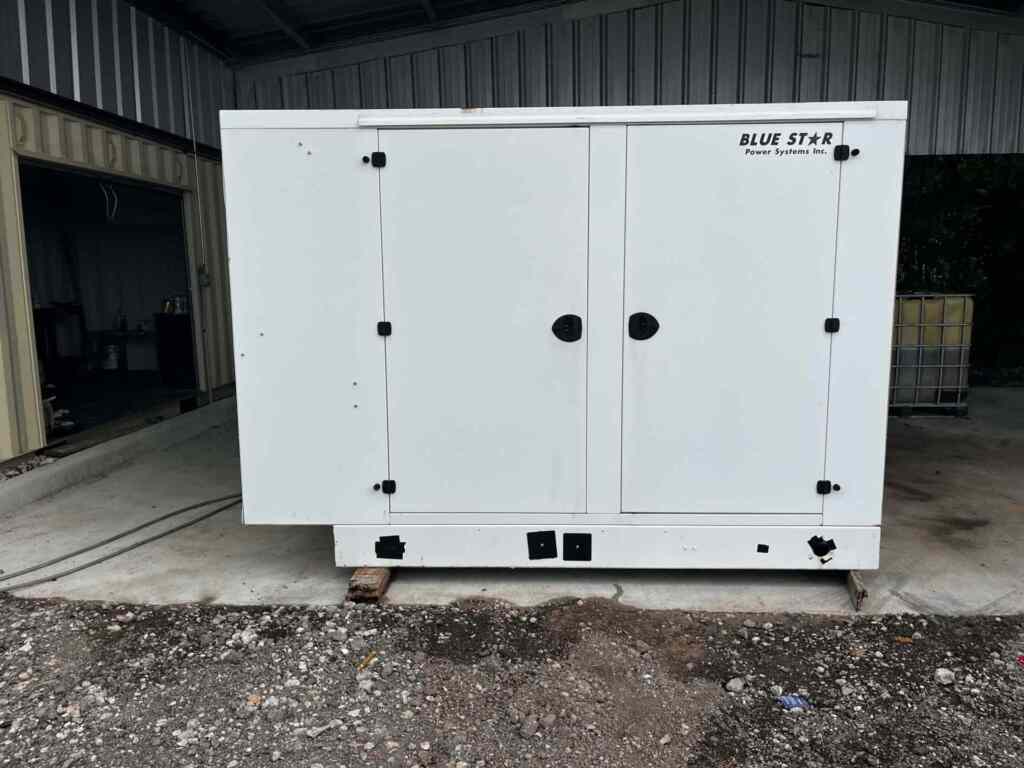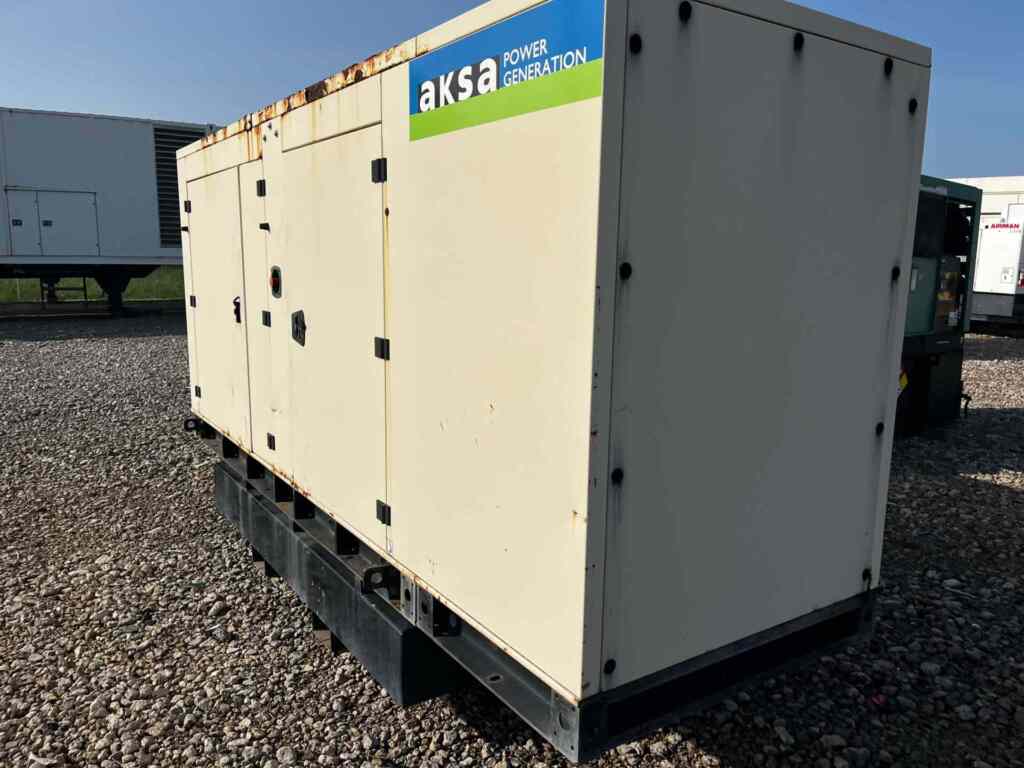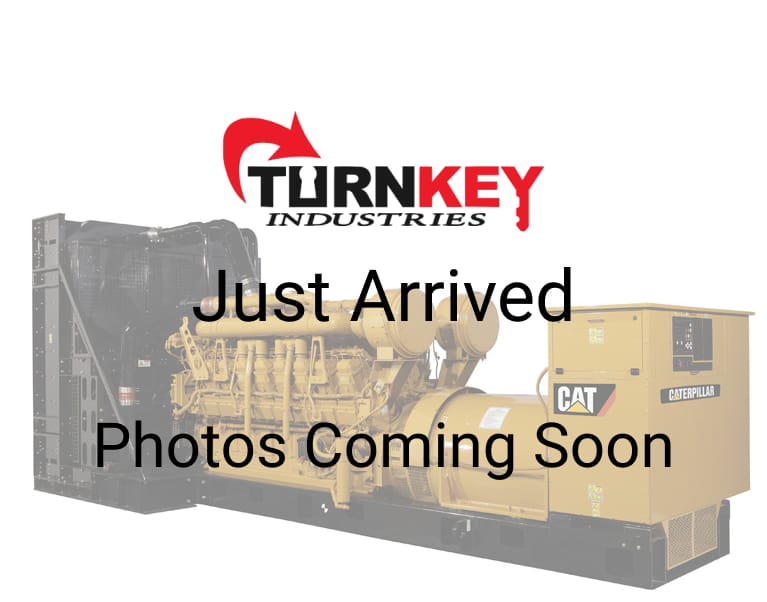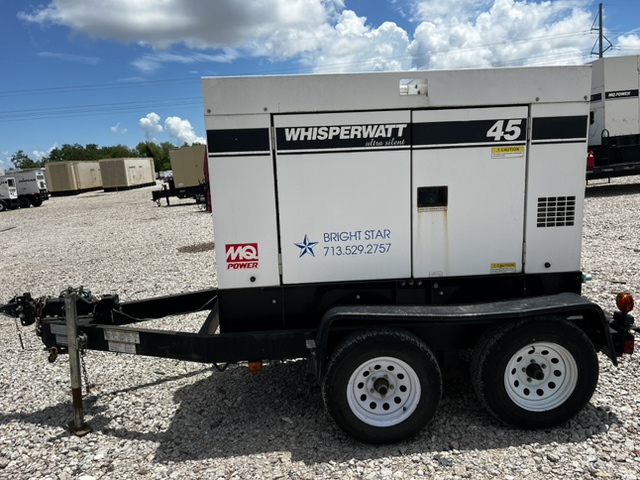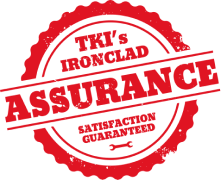Tier-rated generators are important for keeping industrial operations running and meeting EPA emission rules. As these regulations change, generators need the right care and maintenance to stay compliant. Following emissions standards helps avoid penalties and keeps your power systems running efficiently and reliably for the long term.
Understanding the Role of Tier Ratings in Generator Maintenance
Tier ratings help define how clean a generator engine runs. These EPA standards were created to limit pollution from non-road diesel generators, including those used in industrial settings. Each rating sets a limit on emissions like nitrogen oxides (NOx), carbon monoxide (CO), hydrocarbons (HC), and particulate matter (PM).
Generators are assigned a tier level based on the emissions technology they use. The higher the tier, the lower the emissions. For example, Tier 1 units may have basic controls, while Tier 4 Final models are built with advanced systems like DPFs and SCRs to reduce pollutants.
Understanding your generator’s tier level helps shape its maintenance plan. Higher-tier machines need more frequent attention to sensors, filters, and exhaust systems. Lower-tier units, while simpler, may produce more emissions and require different handling in regulated zones.
Knowing your generator’s tier rating is the key to staying compliant and managing long-term performance.
Why Emissions Compliance Matters
Remaining compliant with generator emissions standards helps businesses avoid legal penalties, reduce environmental impact, and maintain operational credibility. Non-compliance can lead to fines, equipment shutdowns, and contract losses, especially in regulated industries such as healthcare, oil and gas, and food processing.
Additionally, adhering to emissions guidelines supports sustainable business practices, minimizes unplanned downtime, and promotes better fuel economy.
Key Maintenance Practices for Tier-Rated Generators
Proper maintenance ensures that generators meet EPA emissions requirements over their service life. Here’s how to keep your industrial generator operating within its certified tier rating:
1. Perform Regular Emission Testing
Consistent emissions testing validates that the generator is still operating within allowable thresholds. Testing should be performed using portable emissions measurement systems (PEMS) or lab-based analyzers. Recommended intervals vary by generator age, usage frequency, and location-specific air quality regulations.
2. Monitor After-Treatment Systems
Tier 4 generators often rely on advanced after-treatment systems like Diesel Particulate Filters (DPF), Selective Catalytic Reduction (SCR), and Diesel Oxidation Catalysts (DOC). These systems must be cleaned or replaced on schedule to avoid the loss of efficiency and compliance failures.
- DPF cleaning: Every 1,000-2,000 hours, depending on soot load.
- SCR checks: Inspect urea injection and dosing every 500 hours.
- Sensor calibration: NOx and PM sensors require periodic recalibration.
3. Use Tier-Compatible Fuel and Fluids
Ultra-low sulfur diesel (ULSD) is required for all Tier 4 engines. Using incorrect fuel types can damage emission systems and result in non-compliance. Additionally, low-ash engine oils are recommended to reduce particulate buildup in exhaust systems.
4. Inspect and Replace Air and Fuel Filters
Clogged air filters restrict airflow, causing incomplete combustion and increased pollutant output. Dirty fuel filters can allow impurities into injectors, affecting fuel spray and engine efficiency. Filter changes should follow the manufacturer’s schedules and usage conditions.
5. Record and Log Operating Data
Digital logging of runtime hours, load patterns, and fault codes helps to diagnose problems early. This data can support emissions audits and inform maintenance schedules. Generator controllers or connected monitoring systems make this task easier.
Common Compliance Challenges and Solutions
Even well-maintained generators can experience emission control issues due to age, operating conditions, or improper handling. Here are some common challenges and how to solve them:
- Excessive soot buildup: Often due to low-load running; consider load banking regularly to maintain engine temperatures.
- Faulty sensors: Replace or recalibrate malfunctioning emission sensors promptly.
- Urea system freezing: Use insulated tanks and heaters in cold climates for Tier 4 SCR systems.
- Improper retrofits: Only EPA-approved kits and procedures should be used when retrofitting older Tier 1 or Tier 2 units.
Maintaining Generators in Standby and Prime Applications
Maintenance requirements may differ between standby and prime applications. Standby generators can accumulate issues due to long idle periods, while prime generators are subject to wear from continuous use. In either case, meeting emissions standards requires proactive upkeep.
For standby generators:
- Run under load weekly to reduce wet stacking.
- Test emission output quarterly, even if rarely used.
- Keep fuel fresh and free from microbial growth.
For prime generators:
- Monitor component wear due to long hours.
- Clean and inspect DPFs more frequently.
- Use synthetic oils to reduce thermal breakdown.
Generator Upgrades and Retrofitting Options
If you operate older Tier 1 or Tier 2 generators, upgrading or retrofitting them with emissions control technologies may help extend their usability. Retrofit kits can include DPFs, DOCs, or even SCR systems, depending on your state’s environmental policy and the generator’s intended use.
However, not all older generators qualify for retrofits. A full replacement with a Tier 4-compliant unit might be more economical in the long run, especially in locations with strict air quality standards or where the carbon footprint matters to stakeholders.
Reliable Generators That Meet Your Compliance and Power Goals
Turnkey Industries supplies reliable industrial generators that help businesses stay powered and meet emissions standards. Every generator we sell is IronClad Certified. This means it has been inspected, tested under load, and fully serviced before delivery.
- We carry trusted brands like Caterpillar, Cummins, Kohler, Baldor, and Multiquip.
- Our inventory includes generators from 15kW to 2,000kW.
- All units are available for fast shipping across the U.S. and worldwide.
- We have over 15 years of experience in the industrial generator market.
- We offer tier-compliant options for both standby and prime power needs.
If you are replacing an older unit, expanding capacity, or need help choosing the right generator, our team is ready to help. Contact us today to find the best power solution for your business.
 Turnkey Industries offers a variety of high-capacity
Turnkey Industries offers a variety of high-capacity 